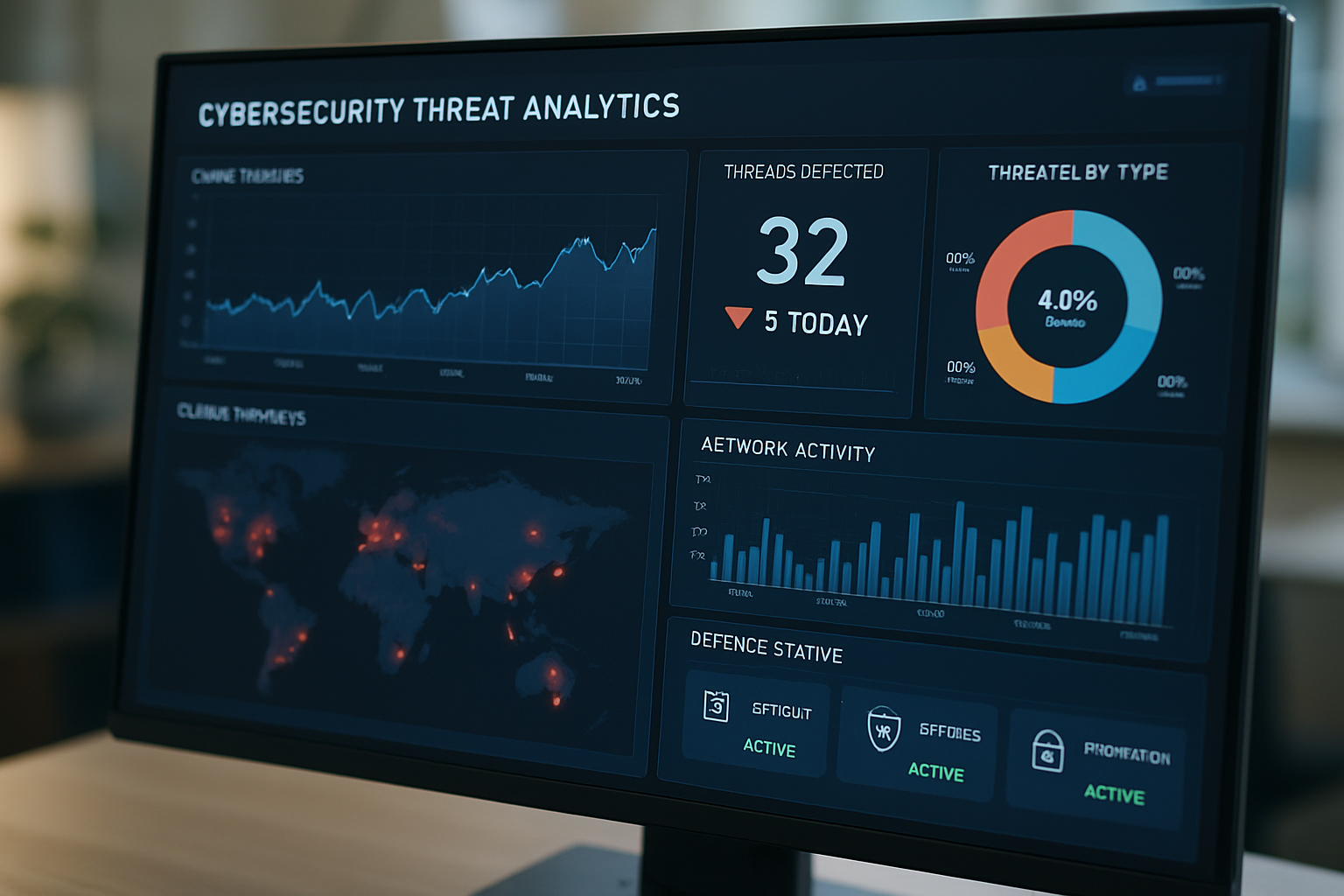Master Future with These Insider Cybersecurity Trends Now
If you're ready to master the future of cybersecurity, now is the time to explore these insider trends and see these options that could redefine your career or business strategy.
The Growing Importance of Cybersecurity
In today's digital world, cybersecurity is not just a technical issue but a critical business concern. With cyber threats evolving rapidly, the demand for skilled cybersecurity professionals continues to surge. The global cybersecurity market is expected to grow from $217 billion in 2021 to $345 billion by 20261. This growth highlights the increasing need for robust security measures to protect sensitive data and maintain customer trust.
Emerging Cybersecurity Trends
To stay ahead in the cybersecurity field, it's essential to keep an eye on emerging trends. Here are some key developments shaping the future:
1. Artificial Intelligence and Machine Learning
AI and machine learning are transforming the cybersecurity landscape by enabling faster threat detection and response. These technologies can analyze vast amounts of data to identify patterns and predict potential attacks before they occur. By integrating AI into cybersecurity strategies, organizations can enhance their defenses and reduce the risk of breaches2.
2. Zero Trust Architecture
The zero trust model operates on the principle of "never trust, always verify." This approach requires strict identity verification for every user and device attempting to access resources on a network, regardless of whether they are inside or outside the organization's perimeter. Implementing zero trust architecture helps prevent unauthorized access and minimizes the impact of potential breaches3.
3. Cloud Security
As more businesses migrate to the cloud, securing these environments becomes paramount. Cloud security involves protecting data, applications, and infrastructures involved in cloud computing. Companies are increasingly adopting cloud-native security solutions to safeguard their assets and ensure compliance with regulatory standards4.
